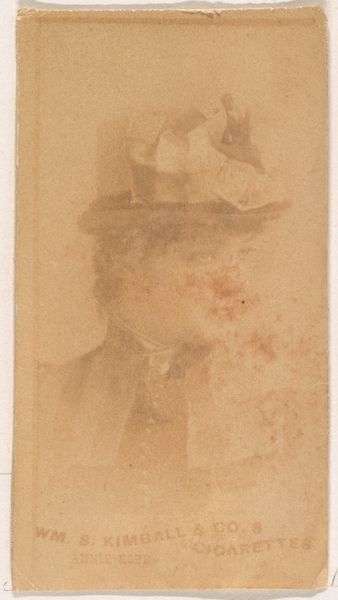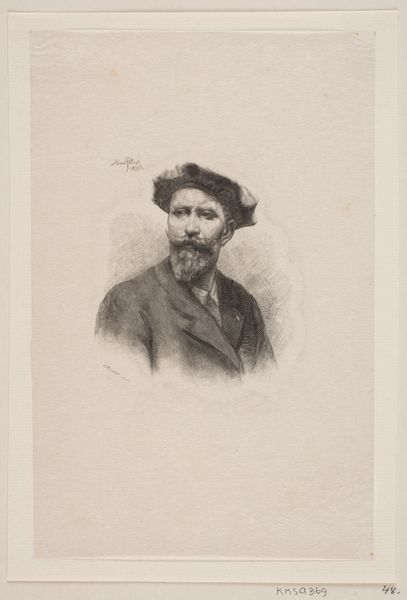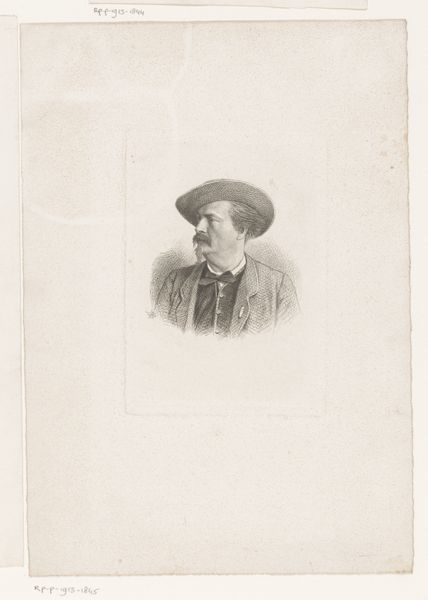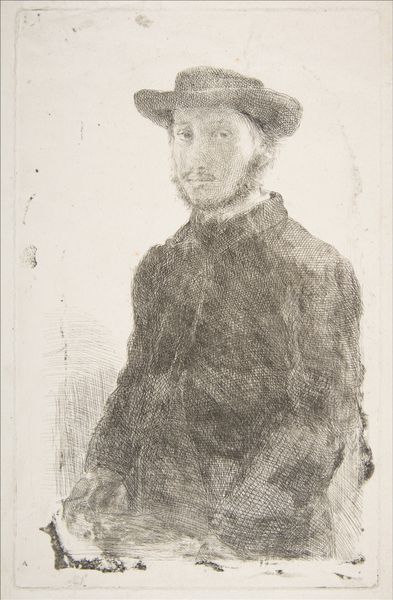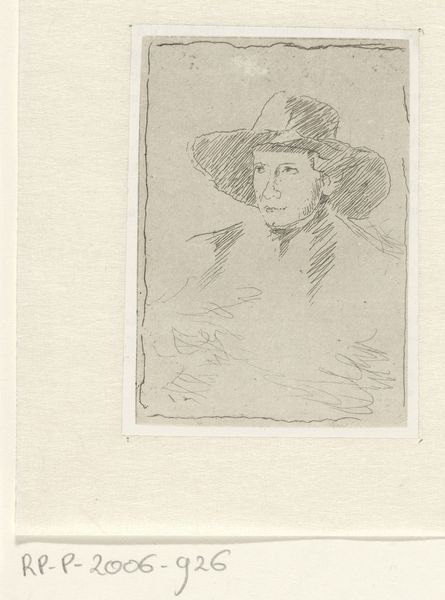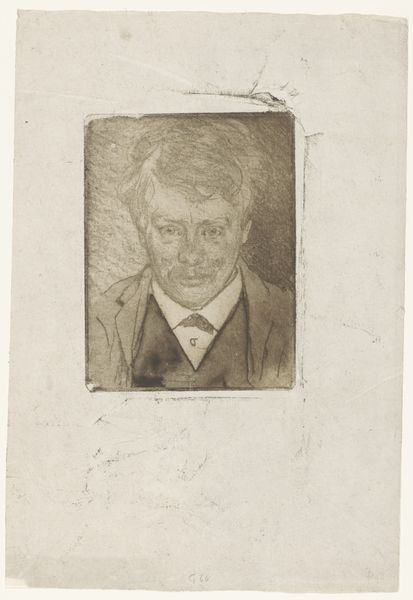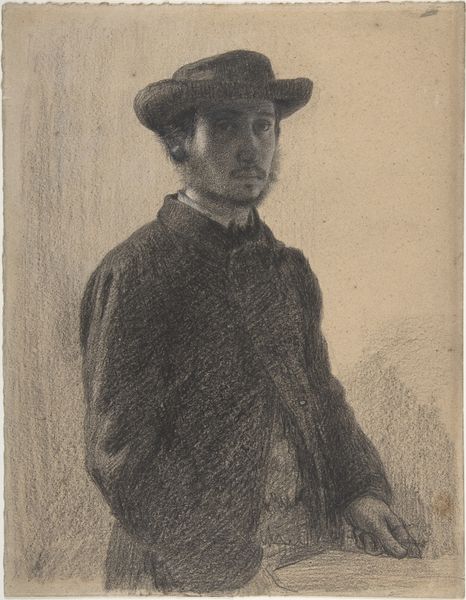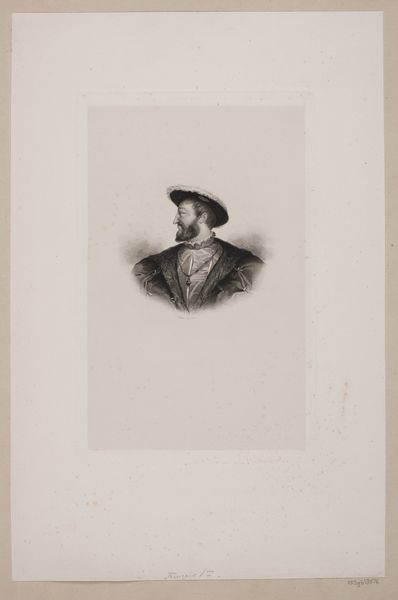
drawing, print, pencil
#
portrait
#
pencil drawn
#
drawing
# print
#
pencil drawing
#
pencil
#
academic-art
#
realism
Dimensions: Plate: 9 1/16 x 5 11/16 in. (23 x 14.4 cm) Sheet: 10 11/16 x 7 in. (27.2 x 17.8 cm)
Copyright: Public Domain
Edgar Degas made this self-portrait using etching, a printmaking technique, sometime in the mid-19th century, when the art world was changing fast. Look at the image – it’s a soft, almost hesitant portrayal. During this period, the French Academy still held considerable sway, dictating what was considered good art, often favoring grand historical or mythological scenes. But here’s Degas, an artist from a well-to-do background, choosing to depict himself in a more informal, intimate way. Consider the rise of Impressionism during this time. Artists were beginning to break away from academic constraints, exploring everyday life and personal expression. The etching medium itself, with its capacity for nuanced detail, was gaining popularity. Understanding Degas’s social context—the shifting art world, the rise of individualism, and the evolving print market—helps us appreciate how he, and artists like him, were challenging established norms and paving the way for a more diverse and democratic art world.
Comments
No comments
Be the first to comment and join the conversation on the ultimate creative platform.
